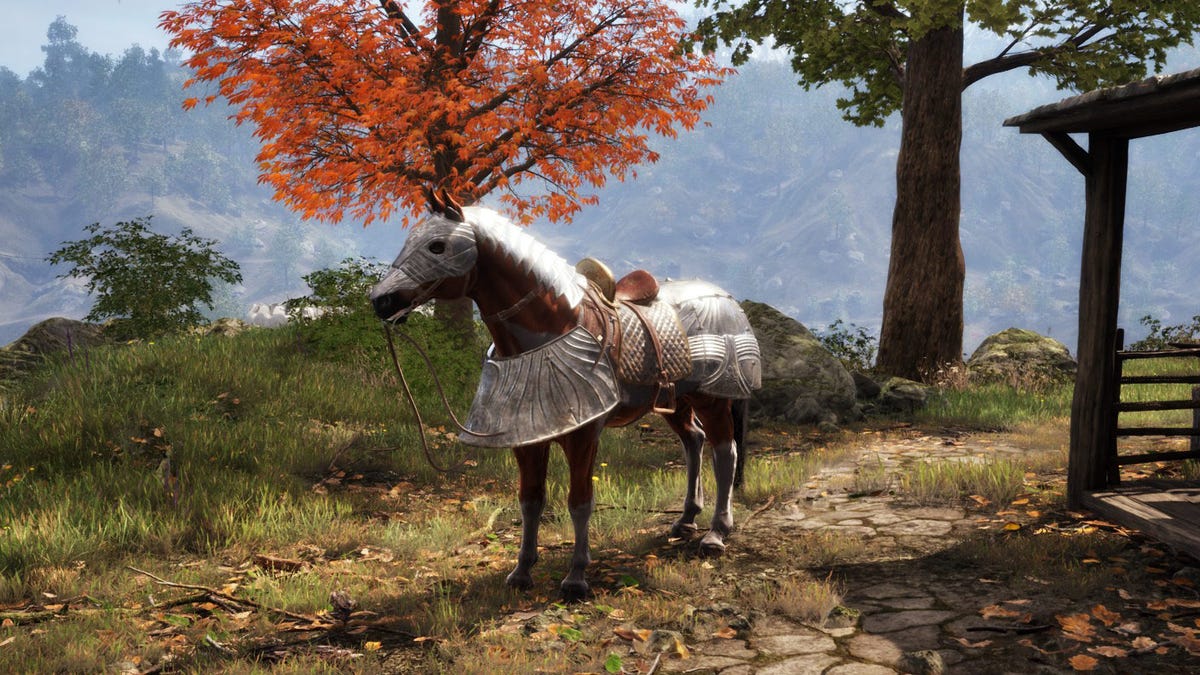When I define a window class with no default cursor, what is the explanation for the cursors that appear in my client area?
You said you'd take care of it, but you didn't. The post When I define a window class with no default cursor, what is the explanation for the cursors that appear in my client area? appeared first on The Old New Thing.

A customer created a window class with no default cursor, meaning that they set the hCursor to nullptr. What they saw was that the window showed up with an hourglass cursor, and that cursor never went away on its own. But if the user moved the mouse over a border, then the border arrow cursor carried into the client area. What’s going on?
What’s going on is that by setting the cursor to nullptr, you’re saying “I will take care of the cursor.” Some time ago, I discussed how the cursor gets set, and if nobody else takes responsibility, then DefWindowProc sets the cursor to the window class’s registered class cursor.
If there is no registered class cursor (if you set it to nullptr), then that final fallback step doesn’t do anything, and nobody sets the cursor.
If nobody sets the cursor, then the cursor remains unchanged, and whatever cursor is currently set continues to be the cursor. The cursor remains set until somebody else sets a new one. If the cursor wanders over a border, then the DefWindowProc function sets the border cursor. And then when it wanders into the client area, nobody sets the cursor, so the old border cursor remains.
Nobody actively asked for the border cursor to appear in the client area. Rather, nobody said what they wanted to appear in the client area, so nothing was changed.
The moral of the story is that if you set your class cursor to nullptr, then you are assuming responsibility for handling the WM_ message and making sure that, eventually, somehow, a cursor gets set. If you fail to fulfill that obligation, then nobody sets the cursor, and you get leftover garbage.
The post When I define a window class with no default cursor, what is the explanation for the cursors that appear in my client area? appeared first on The Old New Thing.




















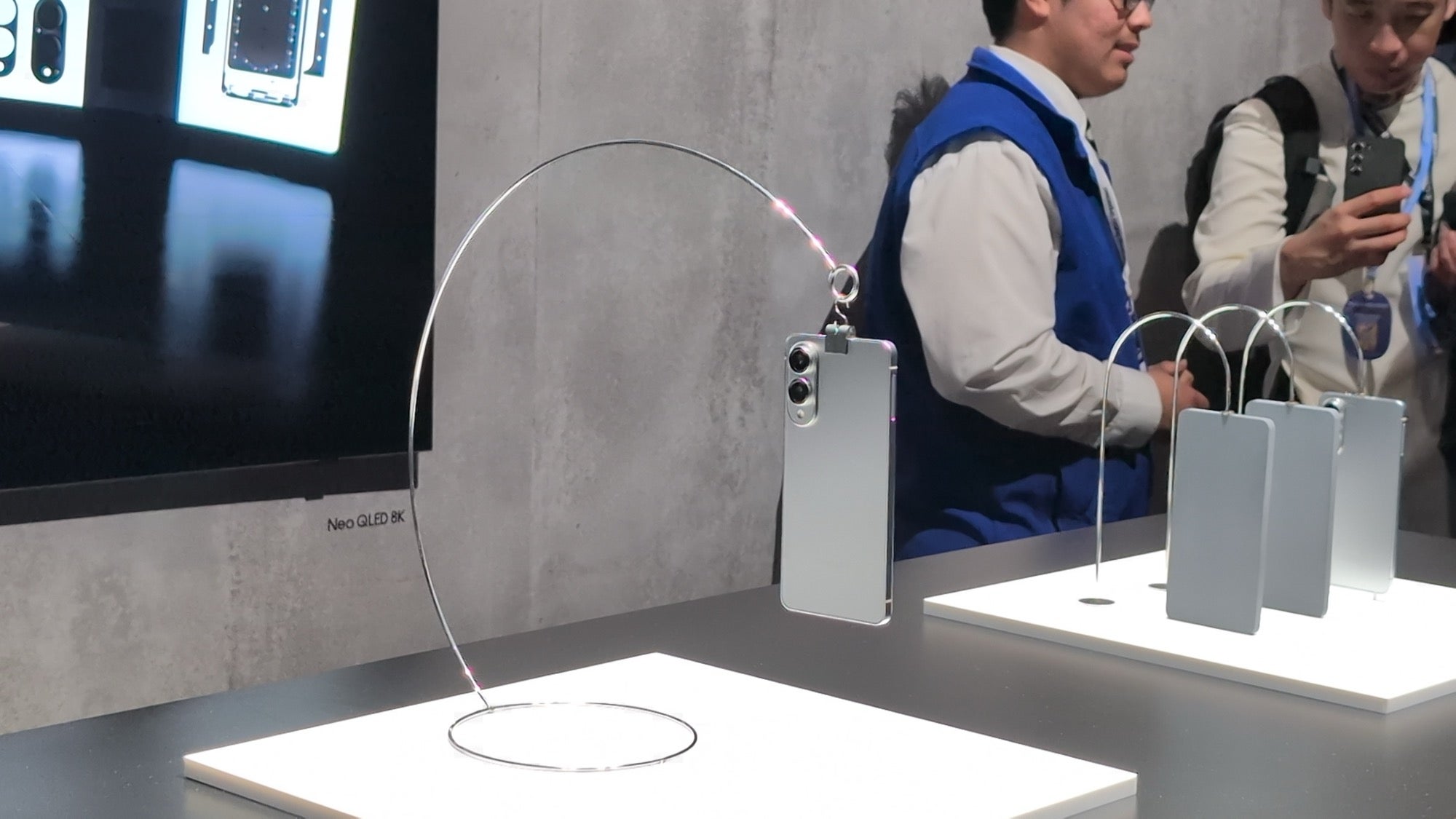

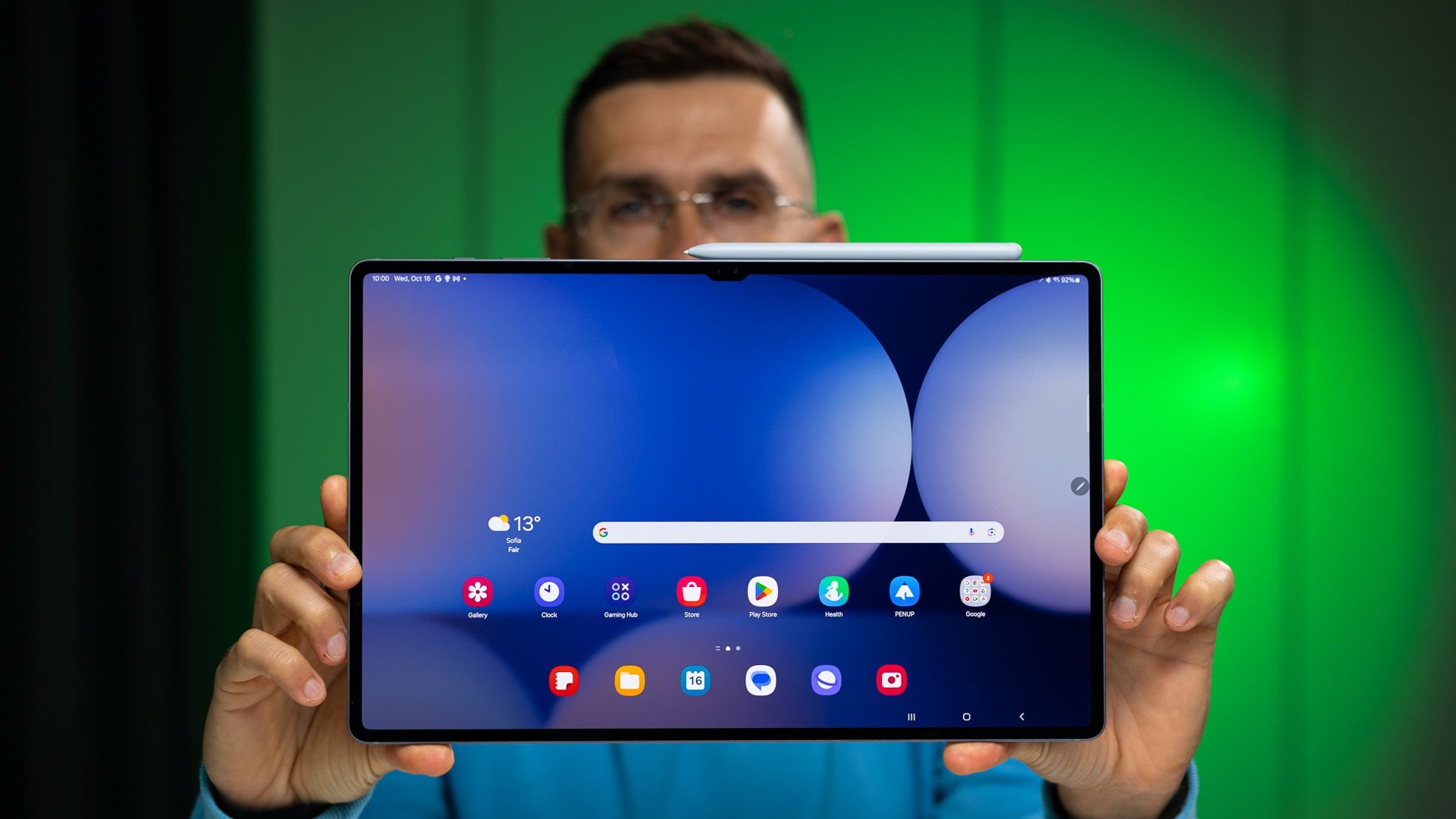






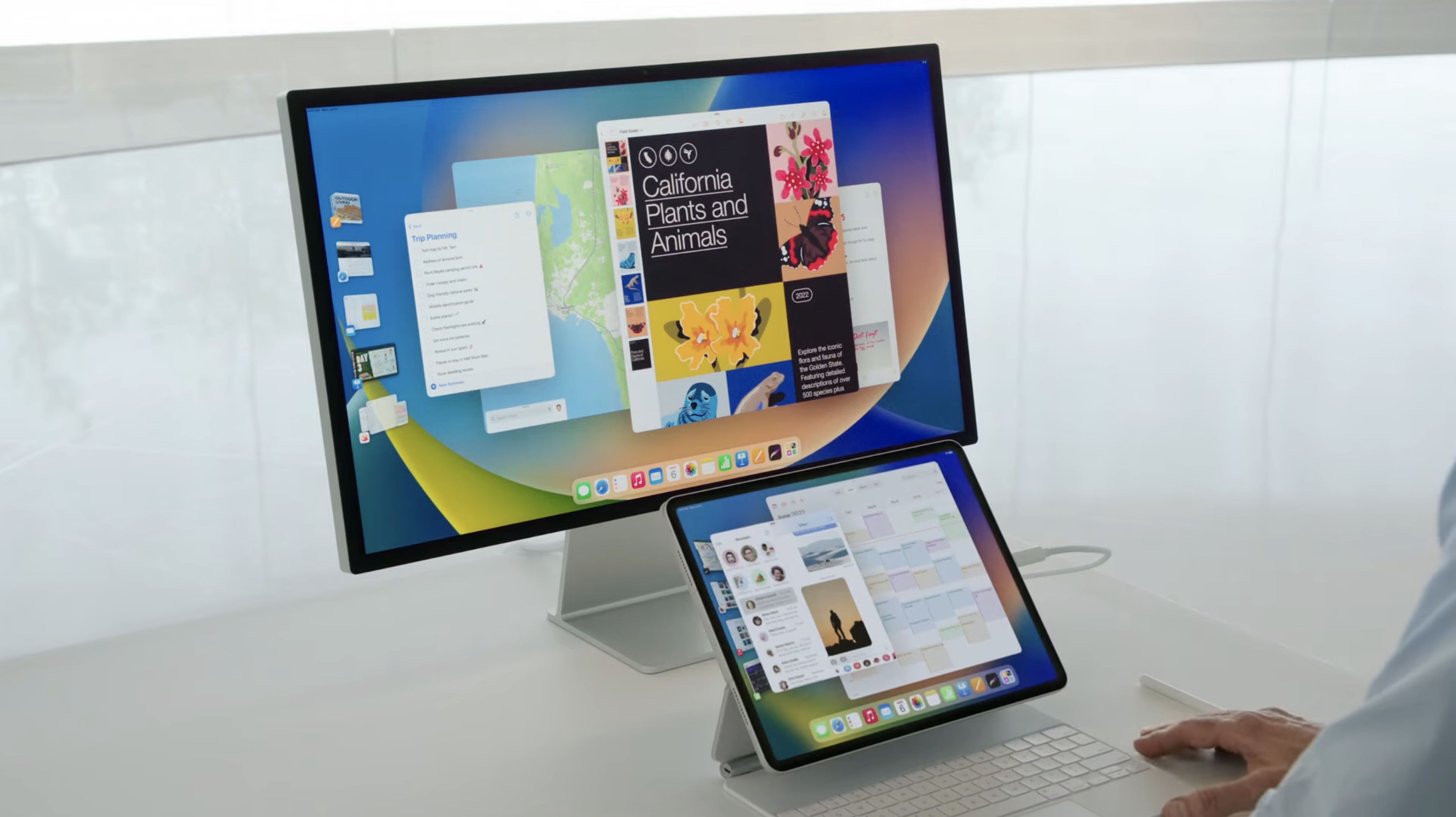
























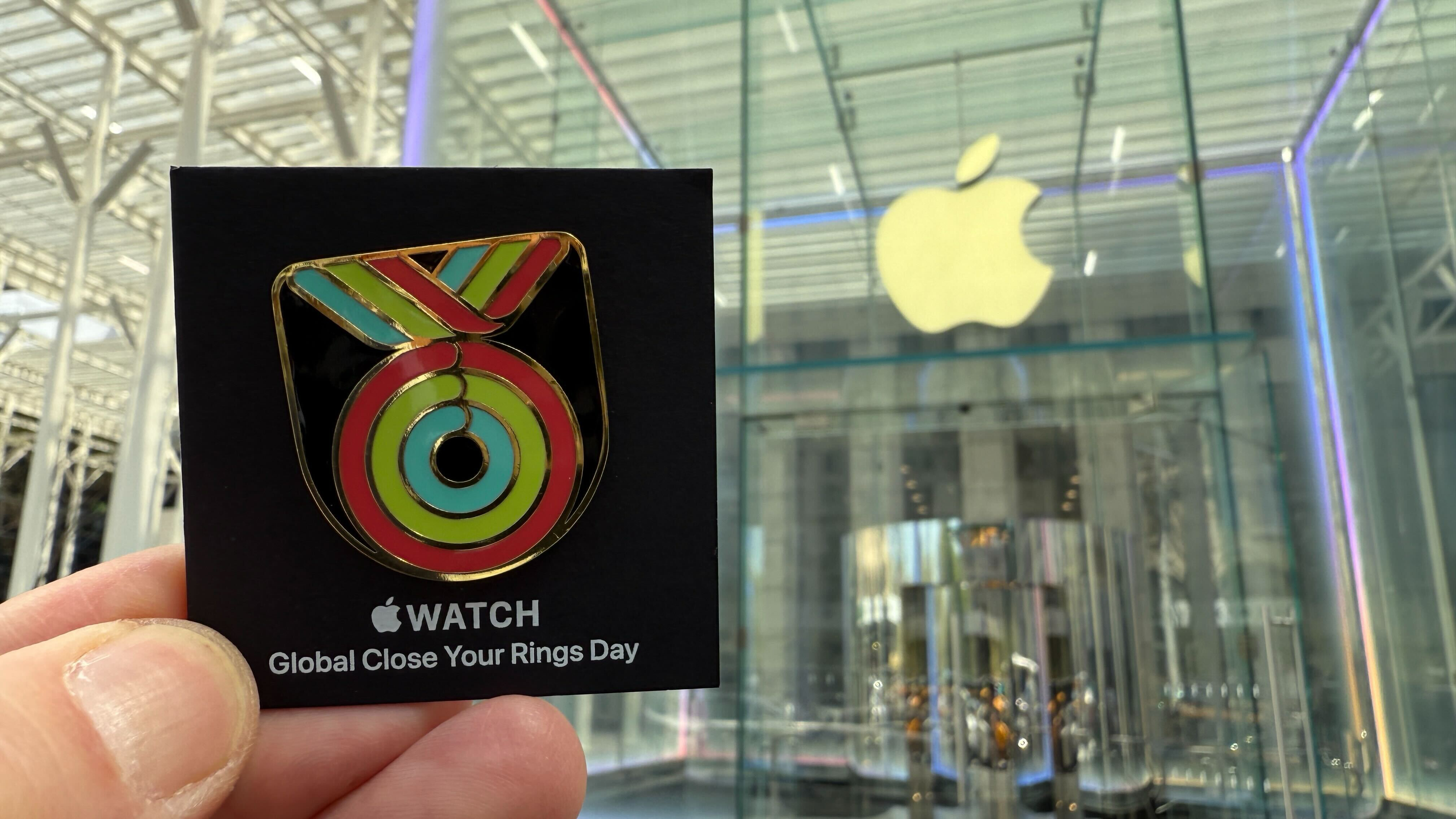













![Apple to Shift Robotics Unit From AI Division to Hardware Engineering [Report]](https://www.iclarified.com/images/news/97128/97128/97128-640.jpg)
![Apple Shares New Ad for iPhone 16: 'Trust Issues' [Video]](https://www.iclarified.com/images/news/97125/97125/97125-640.jpg)















![Hands-on: Motorola’s new trio of Razr phones are beautiful, if familiar vessels for AI [Gallery]](https://i0.wp.com/9to5google.com/wp-content/uploads/sites/4/2025/04/motorola-razr-2025-family-9.jpg?resize=1200%2C628&quality=82&strip=all&ssl=1)
![The big yearly Android upgrade doesn’t matter all that much now [Video]](https://i0.wp.com/9to5google.com/wp-content/uploads/sites/4/2025/04/Android-versions-1.jpg?resize=1200%2C628&quality=82&strip=all&ssl=1)





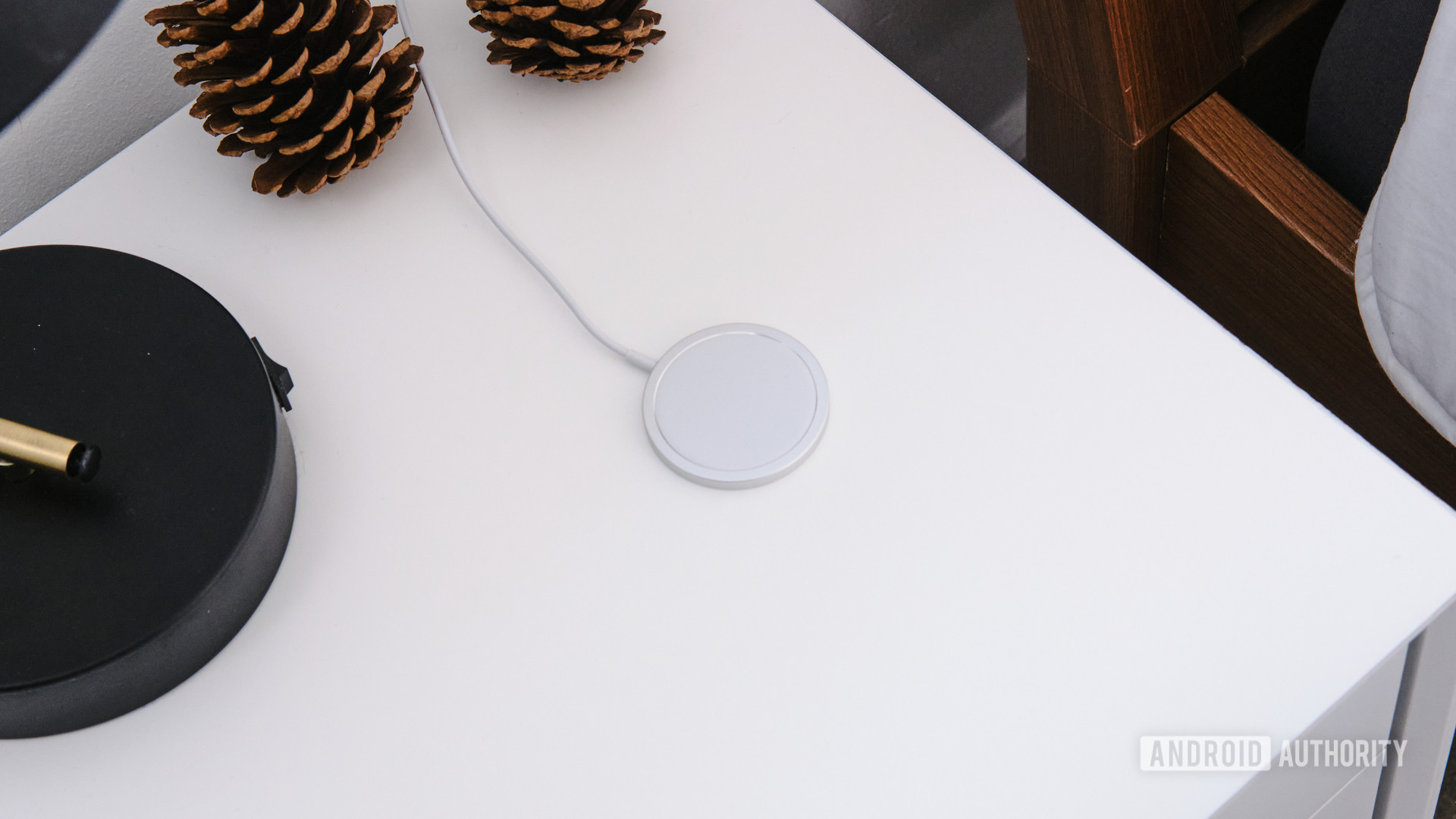



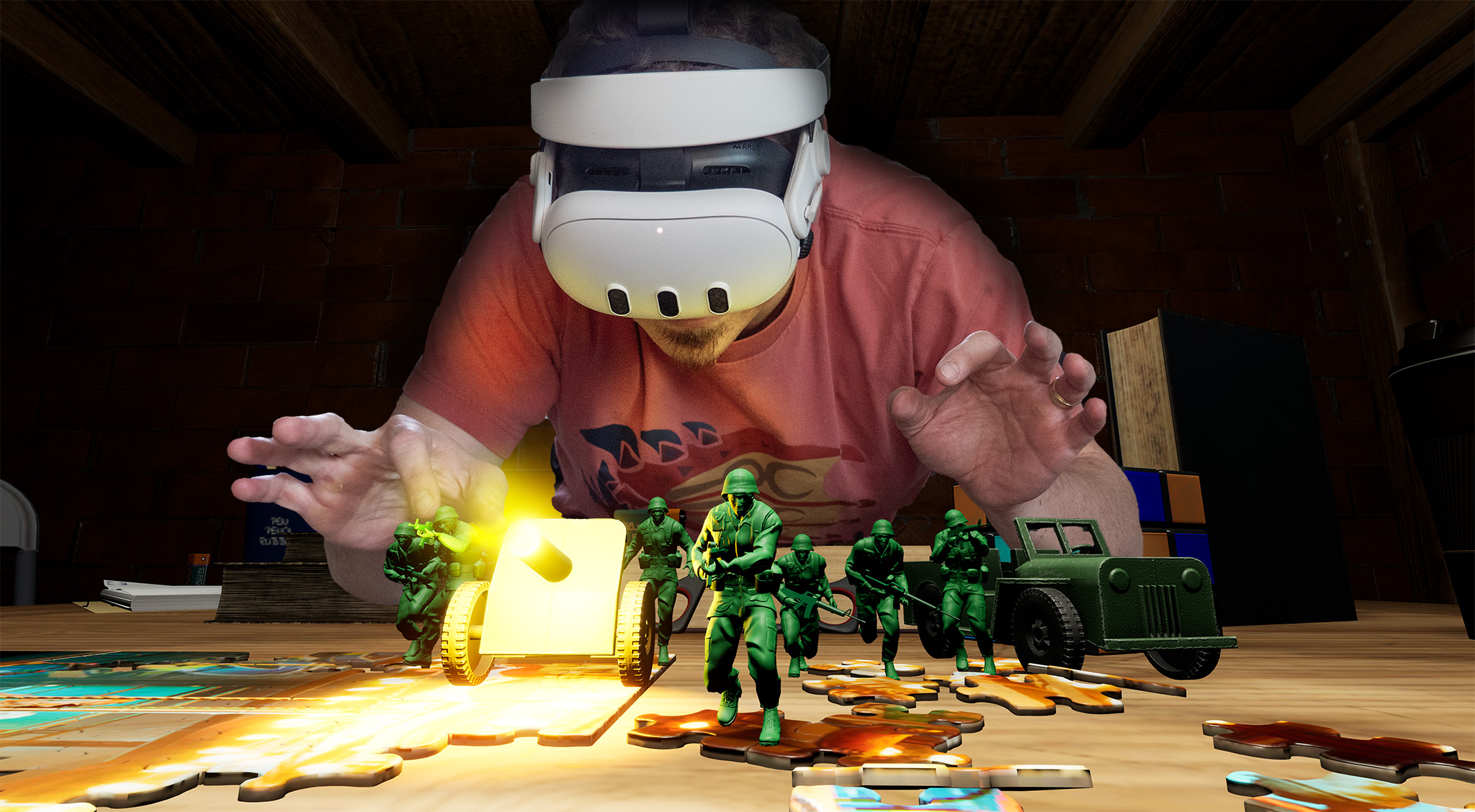



















































































_NicoElNino_Alamy.png?width=1280&auto=webp&quality=80&disable=upscale#)




















































































![[The AI Show Episode 144]: ChatGPT’s New Memory, Shopify CEO’s Leaked “AI First” Memo, Google Cloud Next Releases, o3 and o4-mini Coming Soon & Llama 4’s Rocky Launch](https://www.marketingaiinstitute.com/hubfs/ep%20144%20cover.png)

































































































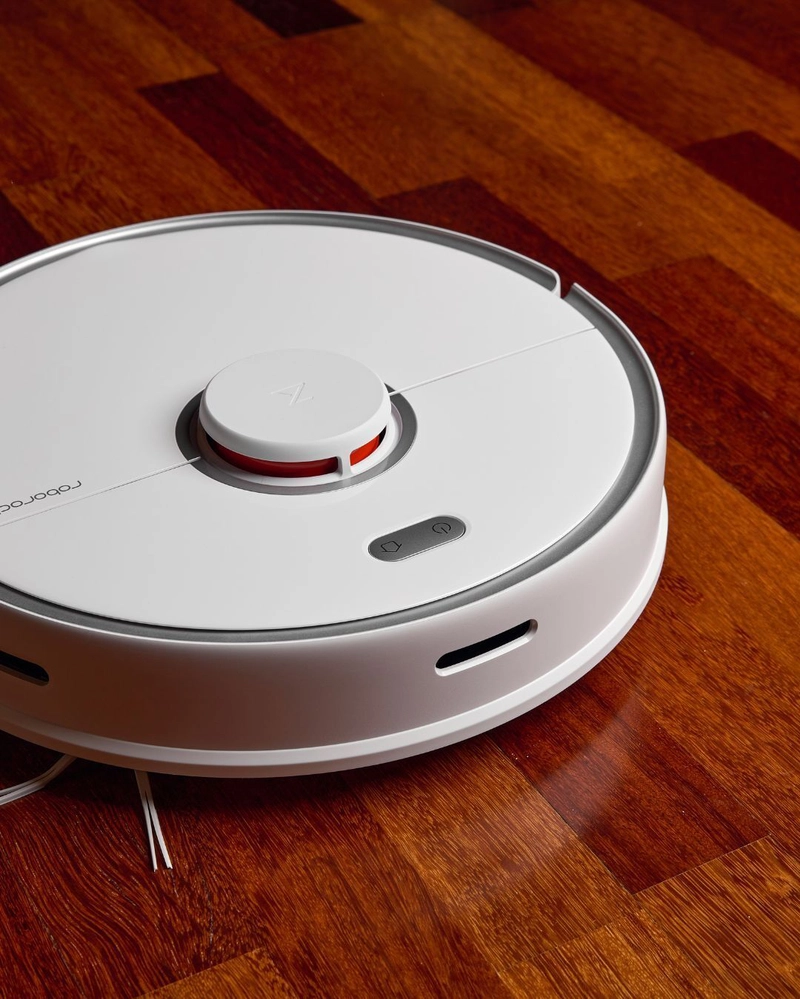













































![[DEALS] Sterling Stock Picker: Lifetime Subscription (85% off) & Other Deals Up To 98% Off – Offers End Soon!](https://www.javacodegeeks.com/wp-content/uploads/2012/12/jcg-logo.jpg)































.jpg?#)

















